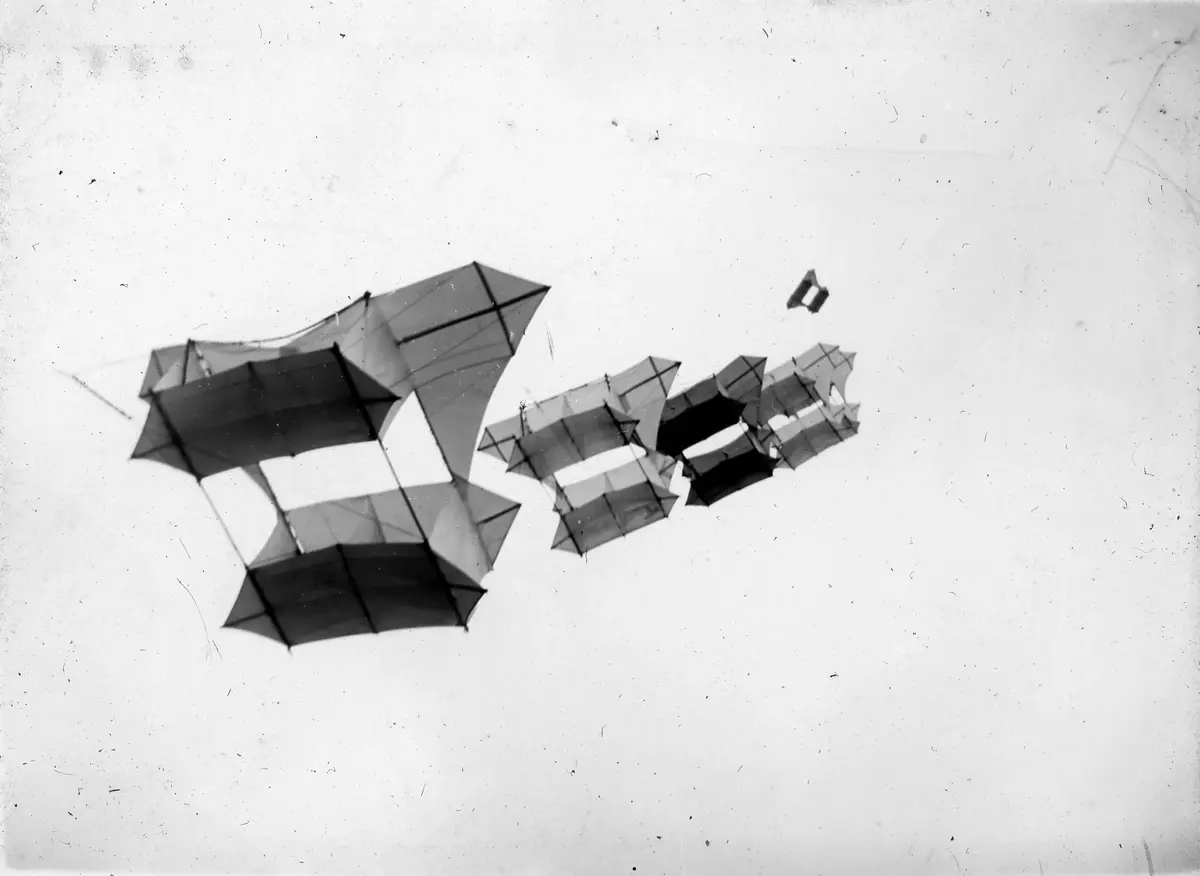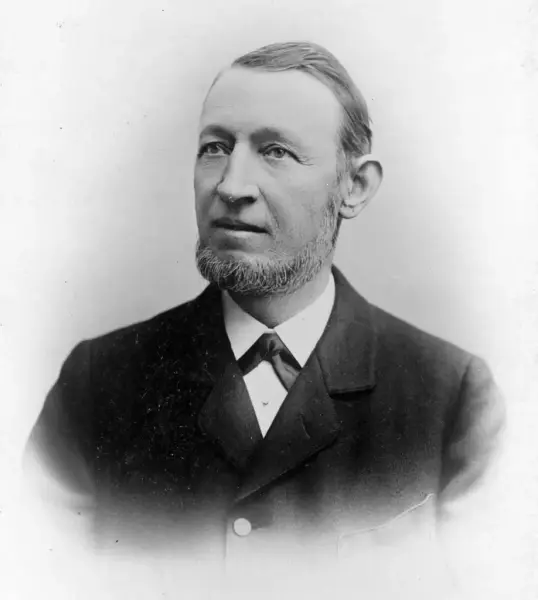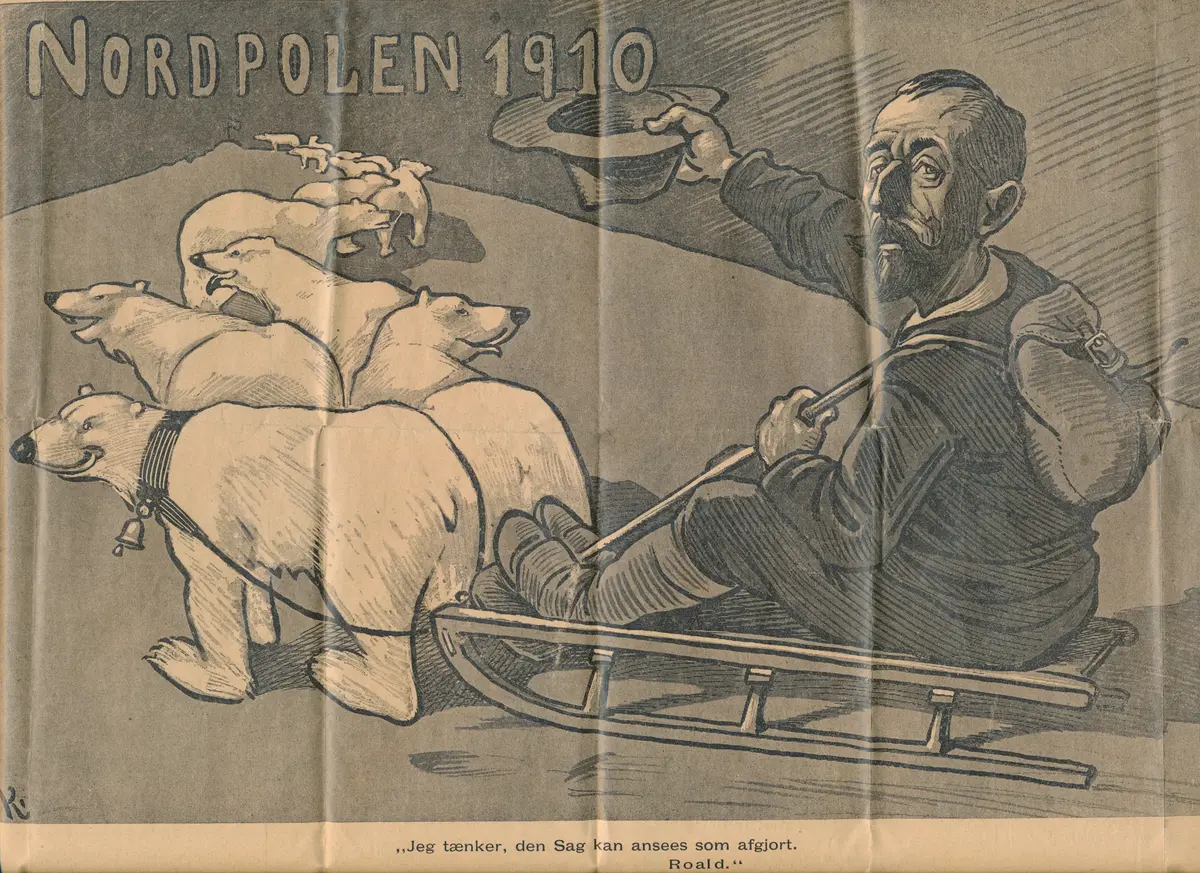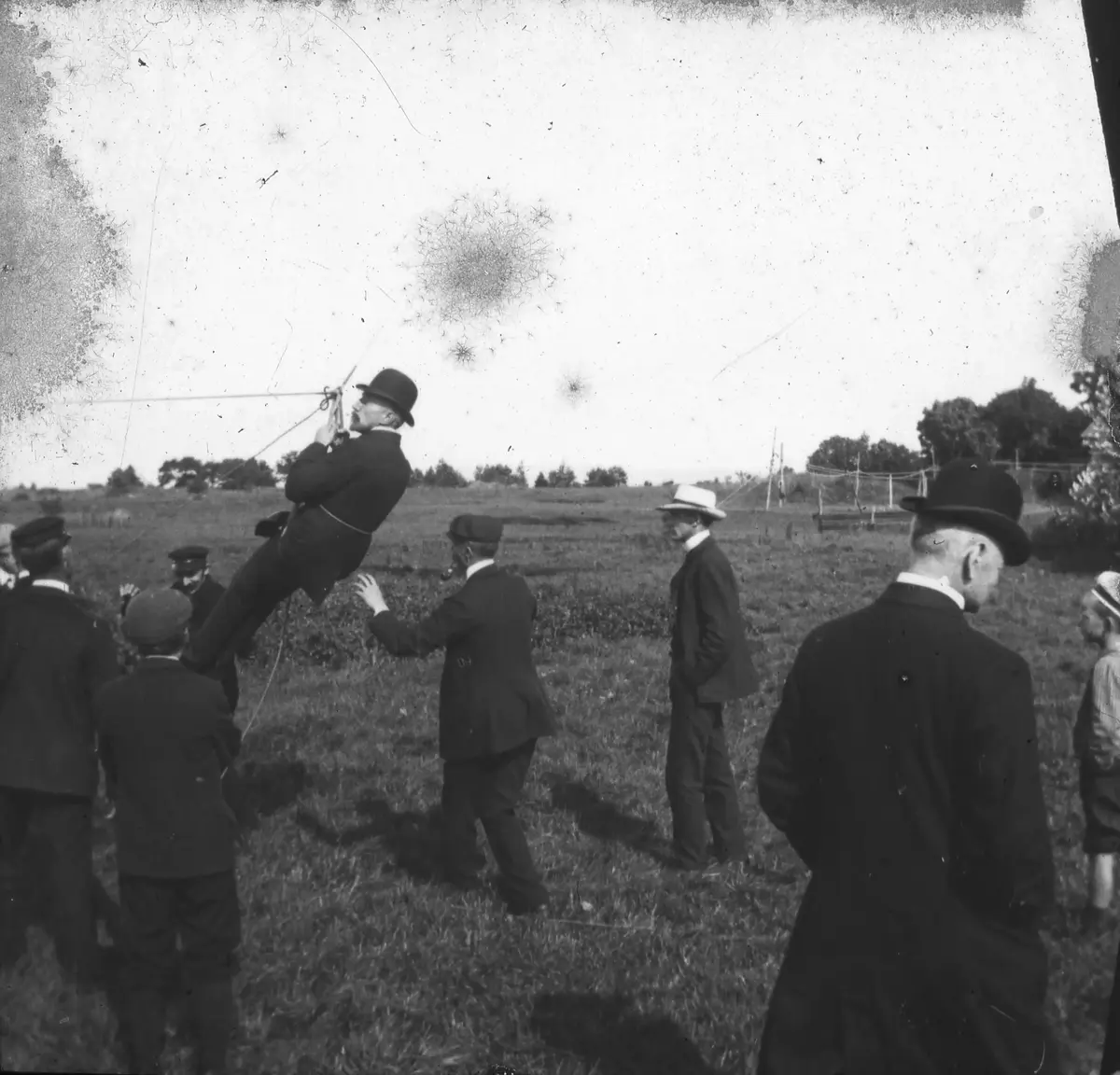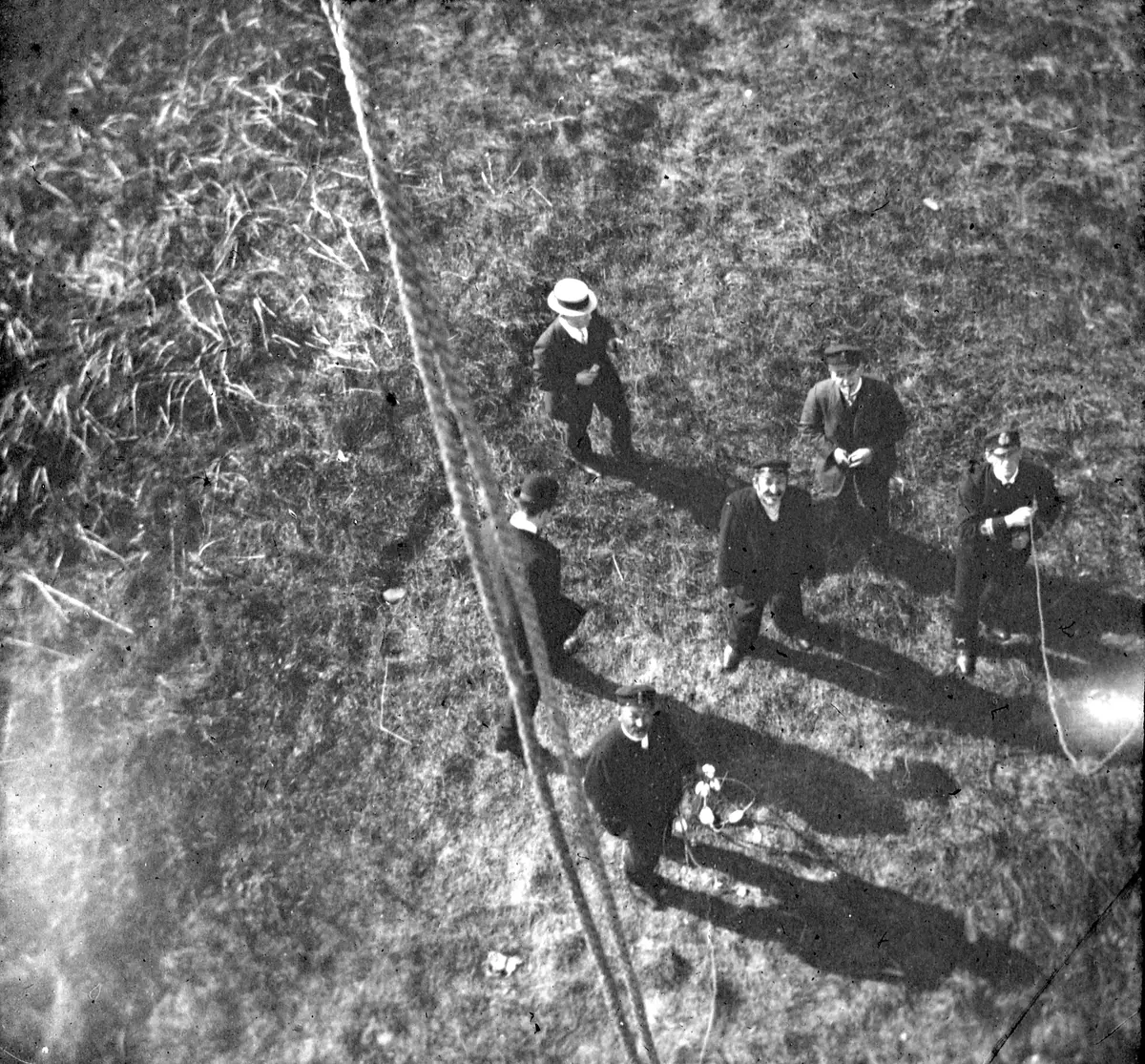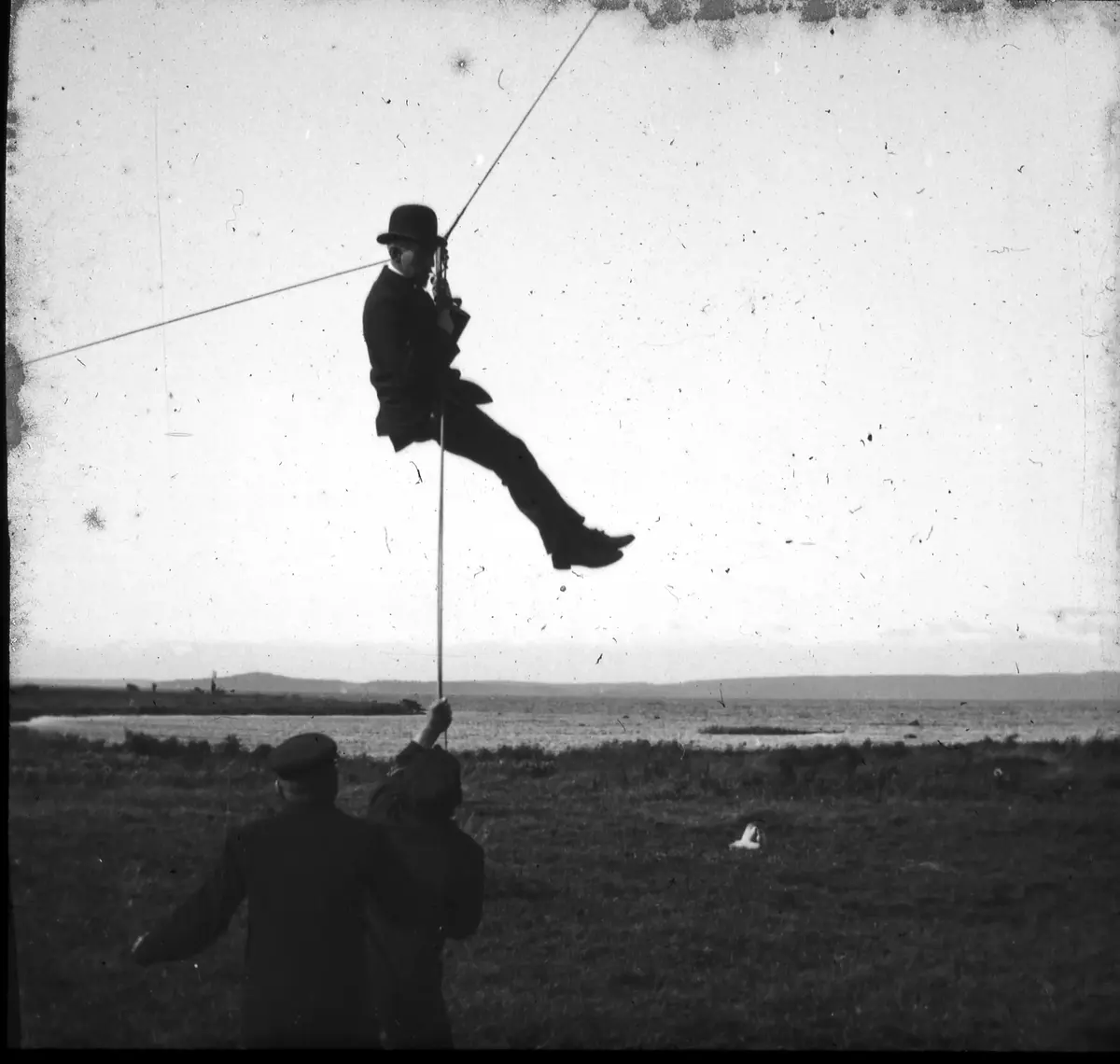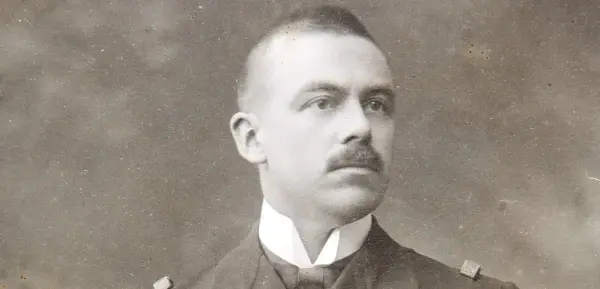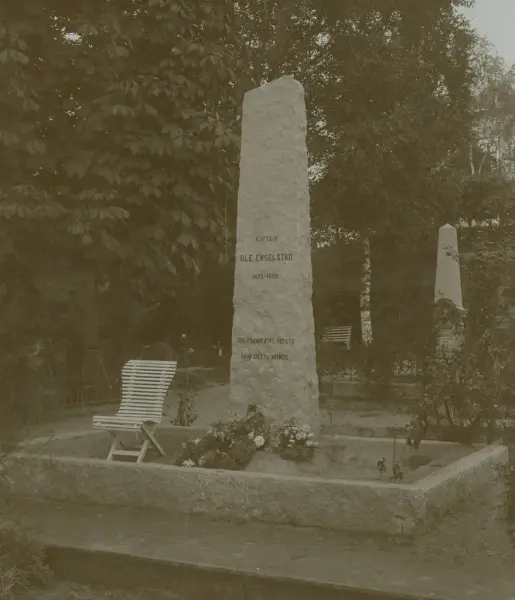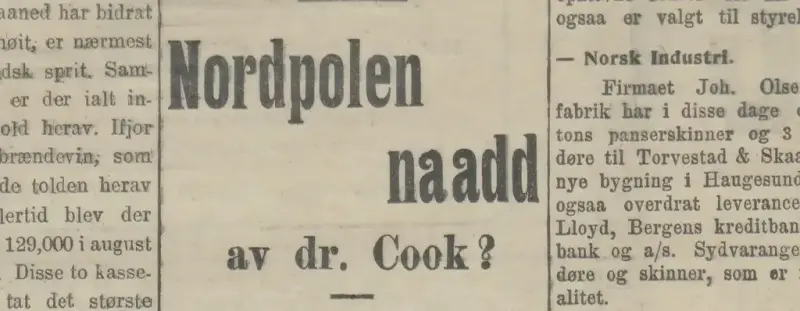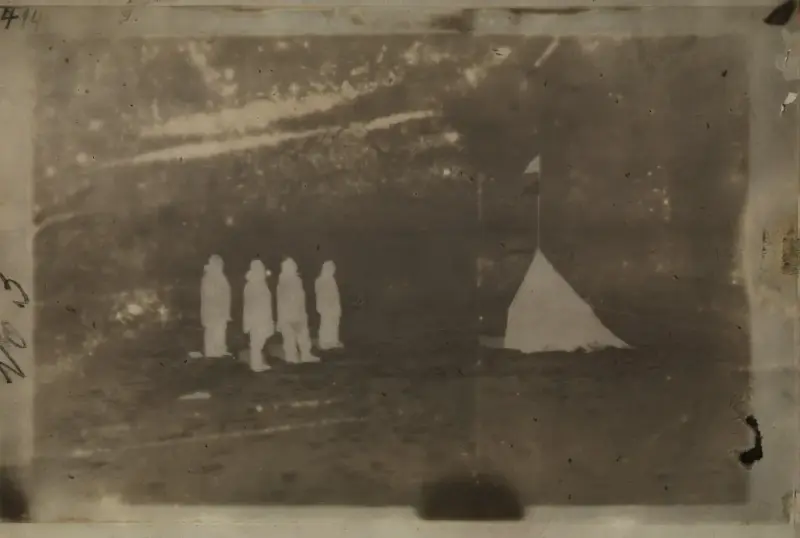-
Carl Hagenbeck. Photo: Wikimedia Commons
Amundsen has a bold plan
He wants to train polar bears so that they can pull his sledges. The German animal trainer Carl Hagenbeck gets the job.
Hagenbeck is an optimist. He tells journalists that it will also be possible to teach the bears to sleep in tents at night, so that Amundsen and the others can lie next to a soft and warm polar bear every time they camp.
When the newspapers ask Amundsen about the polar bear plan, he replies:
The experiment will succeed best in the South Polar regions, where the trained animals would not encounter wild polar bears.
But even though he is optimistic, the polar bears are never used on any expedition.
As early as the summer of 1908, Amundsen gives up. He believes the bears have become far too domesticated.
